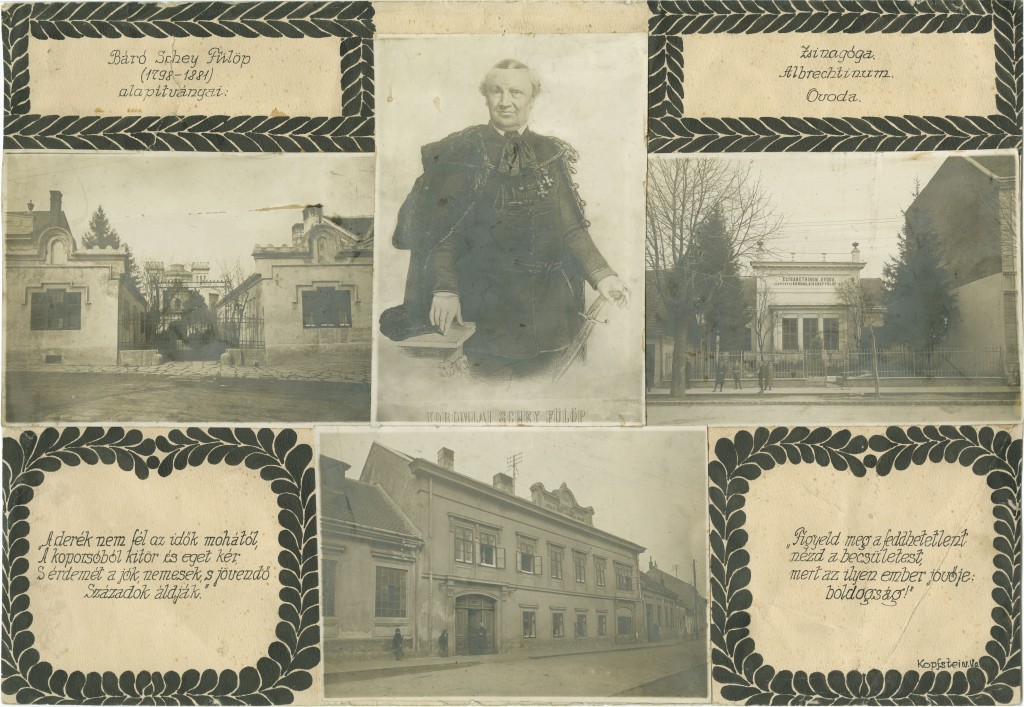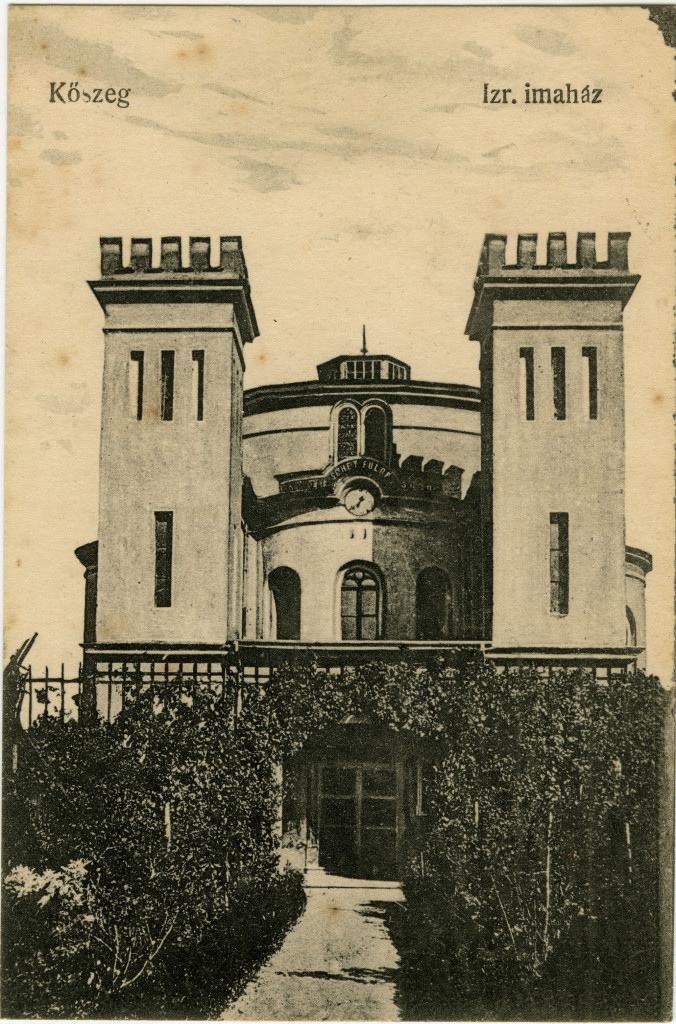The Lowcountry Digital Library has recently uploaded almost 150 postcards featuring a variety of Jewish institutions, including colleges, yeshivas, Talmud Torahs, orphanages, old age homes, and hospitals. The majority of these institutions are located in major American cities such as Atlanta, New York, Chicago, Cleveland, Cincinnati, New Orleans, Baltimore, St. Louis, Denver, and Philadelphia. A smaller number of these institutions are located abroad in Israel, Poland, and Germany. Several postcards feature charitable funds and institutions of the Deutsch-Israelitischer Gemeindebund.
Below is a sampling of some of the recently uploaded items. For more postcards of Jewish institutions, search the Lowcountry Digital Library: William A. Rosenthall Judaica Collection – Postcards.
Mount Sinai Hospital, New York
Hebrew Orphan Asylum of New York
Orthodox Jewish Home for the Aged, Chicago
Jewish Orphan Asylum, Cleveland
Hebrew Union College, Cincinnati
Jewish Home for the Aged and Infirm, Cincinnati
Jewish Widows and Orphans Home, New Orleans
Jewish Consumptives’ Relief Society, Denver
Yeshivat Lomza, Petah Tikva, Israel
Fürsorgeerziehungsanstalt für schulentlassene israelitische Mädchen, Cöpenick, Germany

